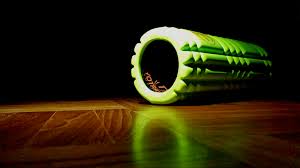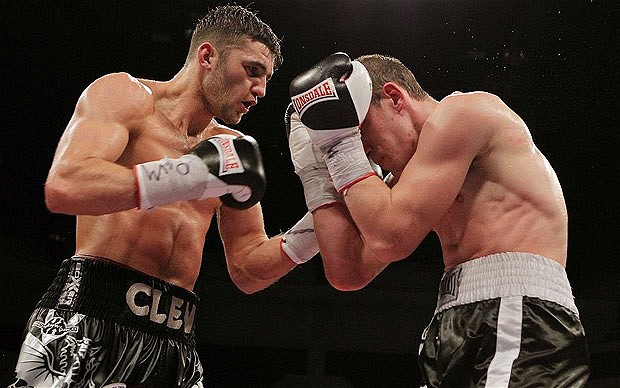Kickboxing requires a great deal of flexibility. Working out in this direction is, of course, very important. Now, working out is great to increase your strength and agility, but when it comes to flexibility, a slightly different course of action might be taken.
If you want to increase flexibility, there are several exercises that you must add to your routine. They will help you build up relaxed and toned muscles that will pretty much always be ready for action. Now, all this working out and exercising has an impact on your muscles. Sometimes, knots will form as a consequence of constant use and trauma. This is where massage comes in. A great massage goes a long way in relieving pain and soreness to the muscles and ligaments.
More and more athletes are finding out that a very effective way of getting a massage is using a foam roller. Foam rolling provides amazing benefits for the sake of improving the effectiveness of those round kicks. Foam rolling has amazing benefits to your body and it helps to keep those muscles in shape.

Roll before a routine
Foam rollers provide a great massage to the areas that matter the most. In kickboxing, we use the calves, the quads, biceps, IT bands, and the upper back. All you need to do is lie down over a good foam roller. The time that this takes is not even that much but if you do it right before a training session or a fight, you will note the benefits. Giving yourself a foam roll before action helps you be better prepared. It is more than just warming up; it is a preparation to have an increased flexibility and endurance in the ring.
Roll after a session
Due to strenuous exercising, the muscles and joints suffer due to trauma. We are not talking about getting kicked during a fight only. We mean all exercises that involve hard working will eventually take their toll on your muscles. This is why a myofascial release is a blessing. Fascia is the tissue that pretty much separates your organs from one another, it is like a lining. During excess working out, this fascia in the muscle may accumulate and form what is known as “knots”. These knots are pretty painful and will definitively decrease your performance. The best way to do this myofascial release is through a foam roller.
It is suggested then that you roll over your affected areas (trigger points) where one of these knots has been detected. Doing so every time after exercising or fighting will also have the effect of preventing the formation of such knots. A trigger point grid foam roller will do the trick pretty great.
You can obtain amazing benefits from a foam roller. The great news is that they are readily available and at a low cost. Increase your kickboxing abilities and become a champion.


 Like any other sport, proper nutrition is key in order to be adequately prepared for training and to recover as quickly as possible. If you are interested in MMA, you will quickly learn the benefits of a healthy diet, as well as the timing of various meals. It may sound like a hassle, but those who are new to MMA find themselves getting in the groove quite quickly, and before they know it, they’re following a dietary plan that is easy and healthy.
Like any other sport, proper nutrition is key in order to be adequately prepared for training and to recover as quickly as possible. If you are interested in MMA, you will quickly learn the benefits of a healthy diet, as well as the timing of various meals. It may sound like a hassle, but those who are new to MMA find themselves getting in the groove quite quickly, and before they know it, they’re following a dietary plan that is easy and healthy.
